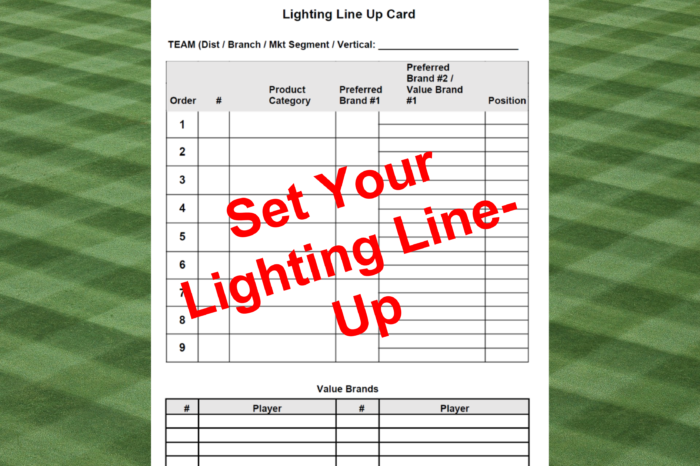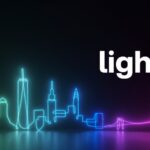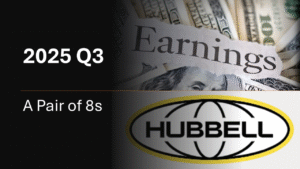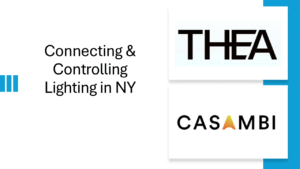Observation of LightFair … A Success
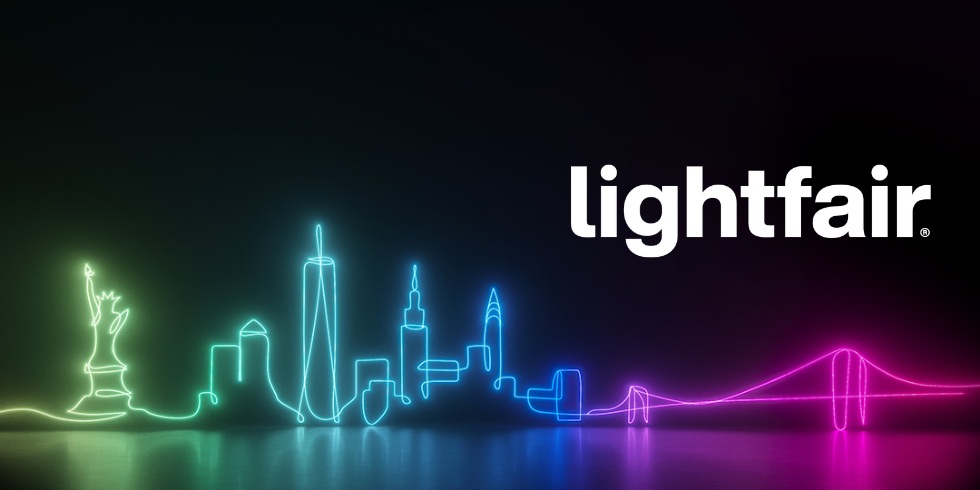
Many in the lighting industry came together at the Javits Center in New York last week at LightFair, including yours truly who popped up there for a day.
Key lighting “mavens” reported their observations of the show:
- Al Uszynski from Inside.lighting shared fair and balanced reporting from the show floor and engaged some attendees to rate the show. And here’s his Day 1 and Day 2 reports.
- Randy Reid from Edison Report conducted interviews on the show floor. Edison Report had a booth and was a sponsor. Randy was, as you’d expect, rather positive about the show. (Here’s Randy’s read on LightFair Day 1 and LightFair Day 2)
And Jim Lucy at Electrical Wholesaling was in attendance and shared his observations. Scott Costa from TED was also in attendance.
And LightFair shared a press release that extolled the success of the show … the educational element as well as the trade floor.
Now, I’m not a lighting product “expert” so I cannot comment on the various manufacturer booths (some were impressive, such as Samsung’s grow light / horticultural lighting booths, many others, in my opinion, were sufficient even though they were 10×10 or 10×20 booths.)
But some, shall we say, “lighting uneducated”, thoughts:
- While the show had less booths, 230, and there were many “name” manufacturers not present (Acuity, Eiko, Halco, MaxLite, Leviton (and its lighting brands), Legrand (and its lighting brands), Lutron, etc) , few missed the 100+ “overseas” booths that they never stopped in anyways. The absence of that distraction added to the quality of LightFair.
- The manufacturers in attendance were more architectural / specification-oriented in nature. While it only took me a couple of hours to walk the tradeshow, that is because I didn’t stop into booths to discuss product (better for those salespeople to engage with potential, and current, customers.) Many of the booths were the type of lines that you find on a lighting agent linecard, but whom I was not familiar (few would be on a NEMRA / supply rep linecard.)
- There were few residentially-oriented lines
- Saw some solar lighting companies, a number of horticultural lighting companies, some control lines, and interesting software company called LumenBuilder that helps specifiers, contractors and distributors with spec sheets (and can help with value-engineering / maintaining performance specs – and they have 5-6M lighting SKUs)
- Many commercial / industrial lines and name brand control lines were missing, however, if you were a distributor, aside from not seeing a familiar name, you are called on by reps / lighting agents for these lines regularly. The only reason for them to have booths is they are visible by their absence and, if they are trying to reach the specifier audience.
- Wednesday morning many booths were busy. In the afternoon more booth personnel were catching up on email and having “company collaboration sessions.”
- I have no idea on attendance at the educational sessions … and there wasn’t any floor buzz about them nor people rushing out of the tradeshow area to get to an educational session.
- According to a source, there were about 7200-7500 registrants (not attendees).
I met with some I know who felt the show was very productive. Others I’ve heard from felt that it wasn’t as they weren’t able to connect with manufacturers that they wanted to and have meetings.
According to LightFair, a number of NYC lighting designers came to the show, probably for a day, to check out manufacturers … which is a huge win for those manufacturers as doubtful those people would have traveled for a few days. And kudos to LightFair engaging a target audience to drive traffic to make the investment by manufacturers viable.
While the day in NYC, from a personal viewpoint, was beneficial (seeing some people, some possible opportunities), I walked the show with a questioning feeling. I didn’t have a sense of the target audience for the show. When I asked others, each had their viewpoint of what they wanted to accomplish, which is appropriate, but the question becomes, what is LightFair’s primary purpose … their primary audience?
I was of the impression, and maybe this is dated, that LightFair was a tradeshow to attract lighting designers and was a venue for manufacturers to gain increased awareness (or launch) new products. But the lighting designer (decision-maker) was the target. Nowadays we could add design/build contractors to the same category (and to this point maybe LightFair should engage more with contractors in general and specifically NECA and IEC.)
If distributor personnel are charged with product recommendation in the design phase, then yes, an appropriate venue. And I can see lighting agents supporting their lines, especially niche lines, who they may not see regularly.
But this is a tradeshow where the focus is on product presentation (with educational sessions to support the event.) It’s not a networking or planning event like an NAED conference. (And yes, networking does, and should occur as “meet and greet”, just not an hour planning session.)
Personally, I think LightFair needs to hone its message and help set exhibitor expectations, otherwise it is destined to become a regional show. (Las Vegas will attract West Coast people and those from the East who will consider it a personal / business trip and NYC will be dominated by Northeast designers). There is a “panache” that is missing to LightFair.
The show audience is important as it dictates what type of booth exhibitors should have. While some of the larger companies had booth areas designed for “meet and greet” with little product on display … realistically, people know their products and unless they had something knew, why go to the expense (and NYC is expensive). After all, this is why they have a sales organization. With technology, other presentation tools can be used. For those with more “commodity” products, they don’t need to bring their entire line-up.
Overall, LightFair was a success. Thousands of people attended. 230 manufacturers generated visibility and leads that will hopefully generate opportunities. People were educated. Lighting knowledge and insights were shared. People were able to connect, and NYC generated some tourist dollars!
And if those 100+ “overseas” booths don’t come back, many, other than LightFair for the revenue, wouldn’t miss them. Sometimes smaller is better.
The next LightFair is June 2022 in Las Vegas. Will you be there?




